News & Views, Volume 46 | Hydrogen Fueling Structural Integrity into New Markets
By: Daniel Peters and Myles Parr
Energy sources that don’t have carbon emissions are rapidly developing in the country and around the world today. The use of renewable energy sources such as wind, hydro, and solar is becoming increasingly common. One area that is also changing is in the automotive arena. The use of alternative fuels in the transportation sector, such as natural gas and hydrogen, has been under development for many years. Natural gas is quite common today in the public transportation sector in many cities for fueling buses in cities.
Development of hydrogen fuel cell automobiles increased significantly around the turn of the century and recently has gained increasing popularity. Many hurdles have been considered and needed to be overcome to make this a practical reality. Issues such as reliability of components used in cars, risks of fires due to leaks, and sources of hydrogen needed for those cars are just a few of them.

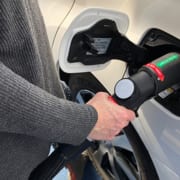
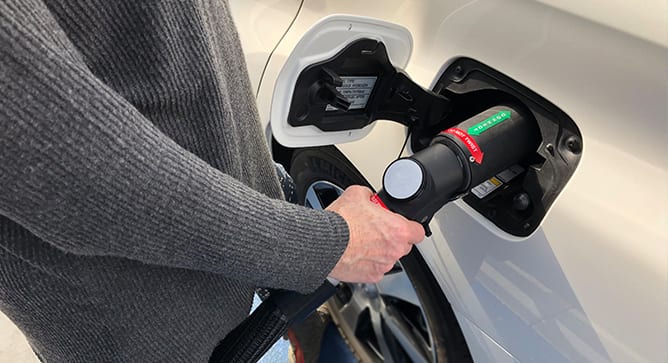

 Plant engineers must often answer ‘what damage is this piece of equipment susceptible to, and what can we do about it?’ or ‘how much longer can this component continue operating’?
Plant engineers must often answer ‘what damage is this piece of equipment susceptible to, and what can we do about it?’ or ‘how much longer can this component continue operating’? 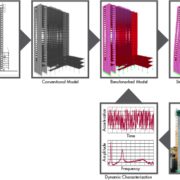
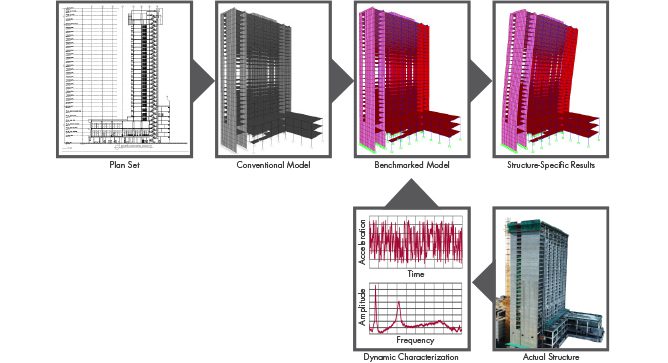
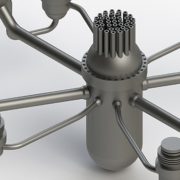
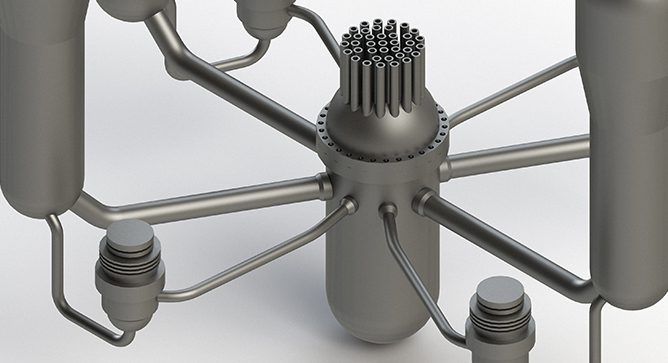
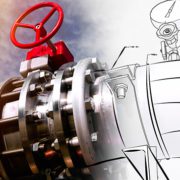
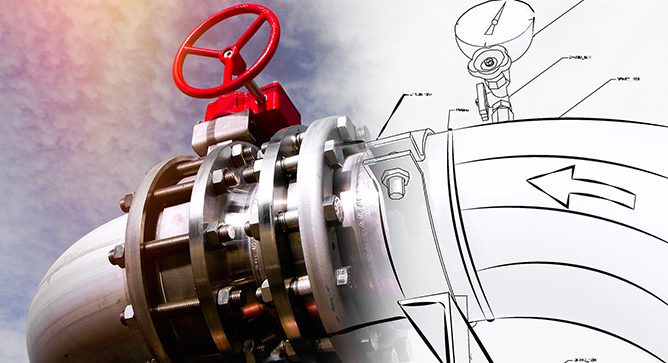
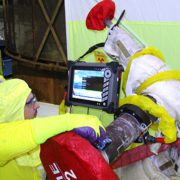
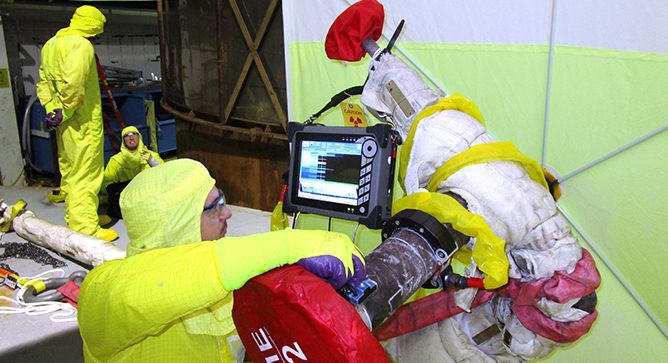
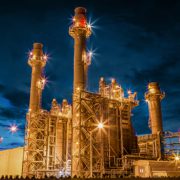
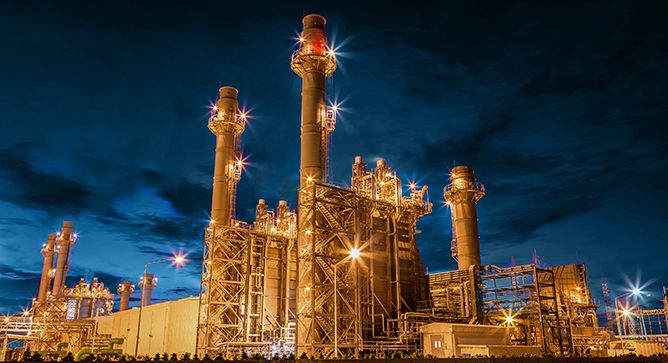 High Energy Piping systems, including main steam and hot reheat piping, are typically very reliable and can often operate trouble-free for decades.
High Energy Piping systems, including main steam and hot reheat piping, are typically very reliable and can often operate trouble-free for decades.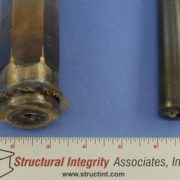
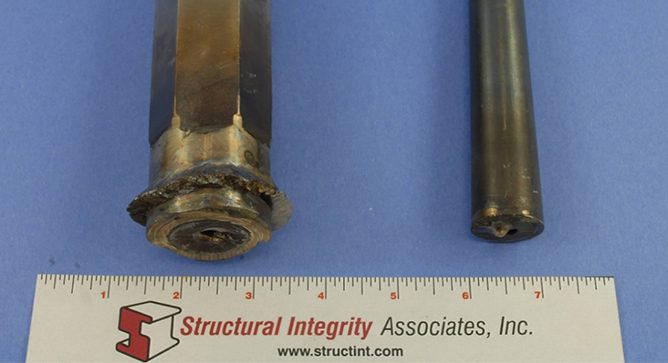 Structural Integrity (SI) was recently asked to examine a fractured thermowell and determine the damage mechanism.
Structural Integrity (SI) was recently asked to examine a fractured thermowell and determine the damage mechanism.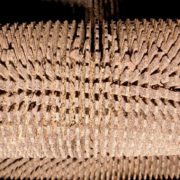
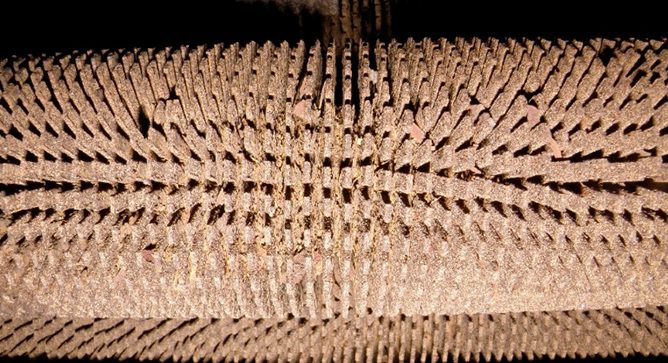 Acid dewpoint corrosion can occur in conventional and HRSG units in locations where temperatures fall below the sulfuric acid dewpoint temperature. This can occur when either the tube metal temperatures are below the acid dewpoint so that condensate forms on the metal surface, or when flue gas temperatures are below the acid dewpoint, so that the condensate will form on fly ash particles.
Acid dewpoint corrosion can occur in conventional and HRSG units in locations where temperatures fall below the sulfuric acid dewpoint temperature. This can occur when either the tube metal temperatures are below the acid dewpoint so that condensate forms on the metal surface, or when flue gas temperatures are below the acid dewpoint, so that the condensate will form on fly ash particles.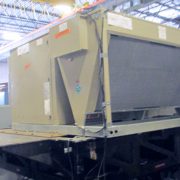
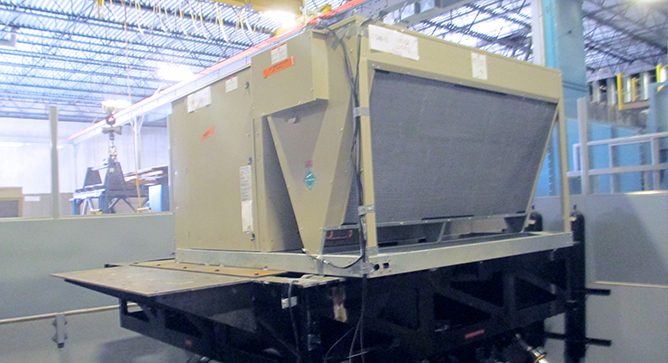 Whether it’s fair-trade coffee, sustain-ably harvested lumber, energy efficient appliances, or other certified products, consumers and companies look for products that have high standards of origin, production, and performance.
Whether it’s fair-trade coffee, sustain-ably harvested lumber, energy efficient appliances, or other certified products, consumers and companies look for products that have high standards of origin, production, and performance.